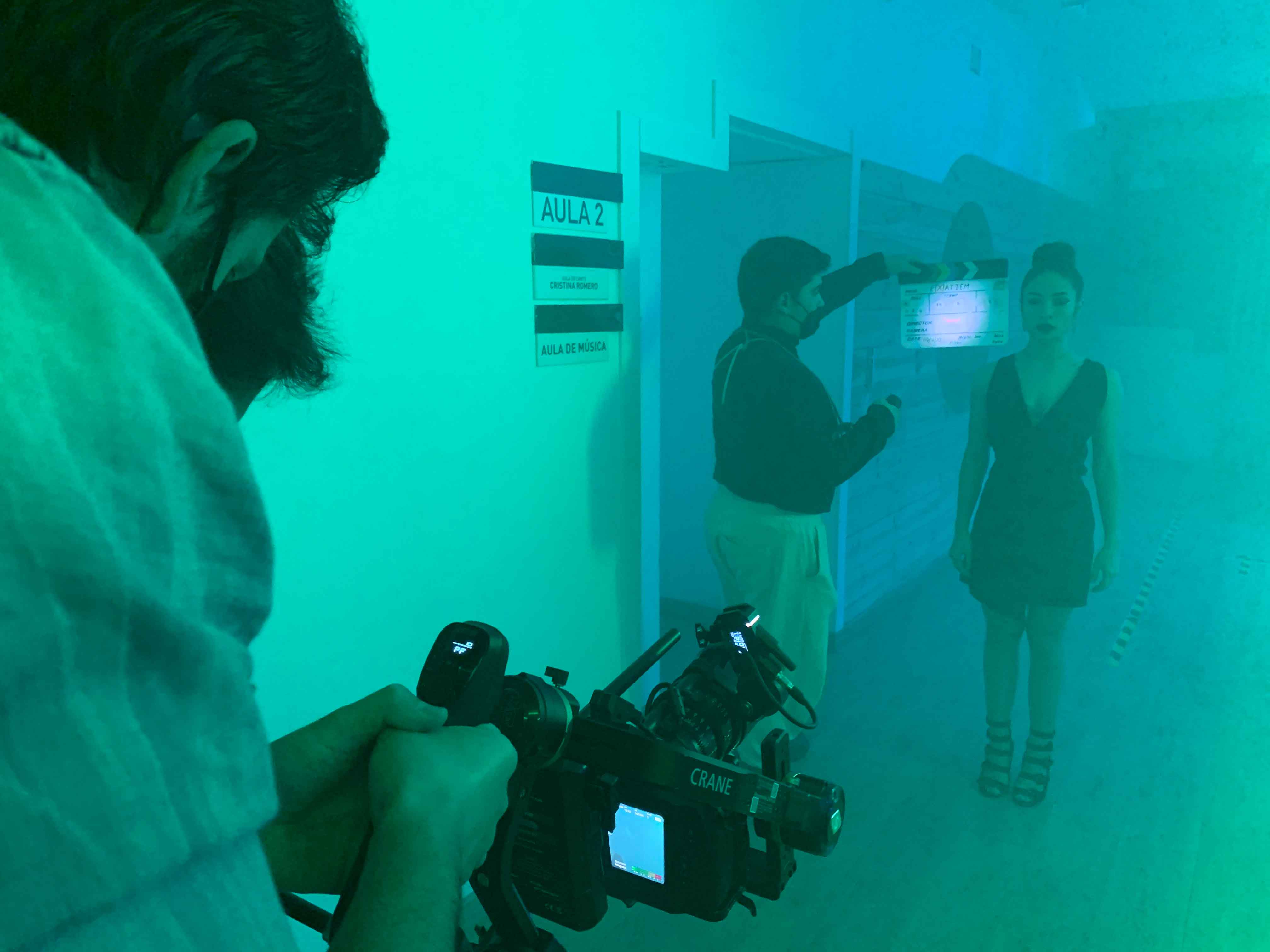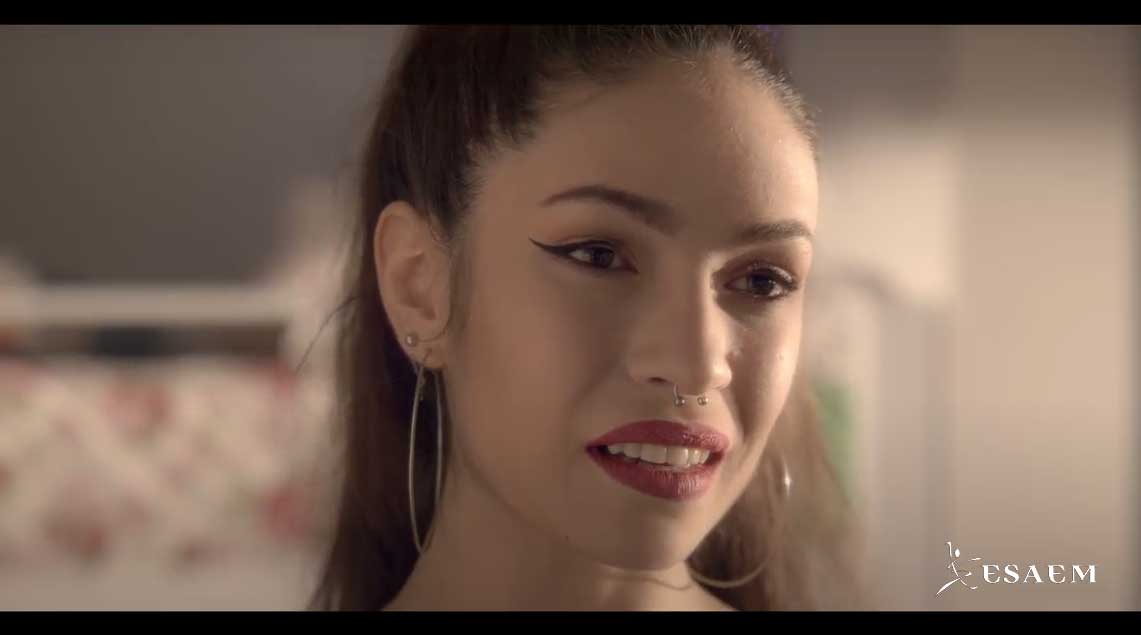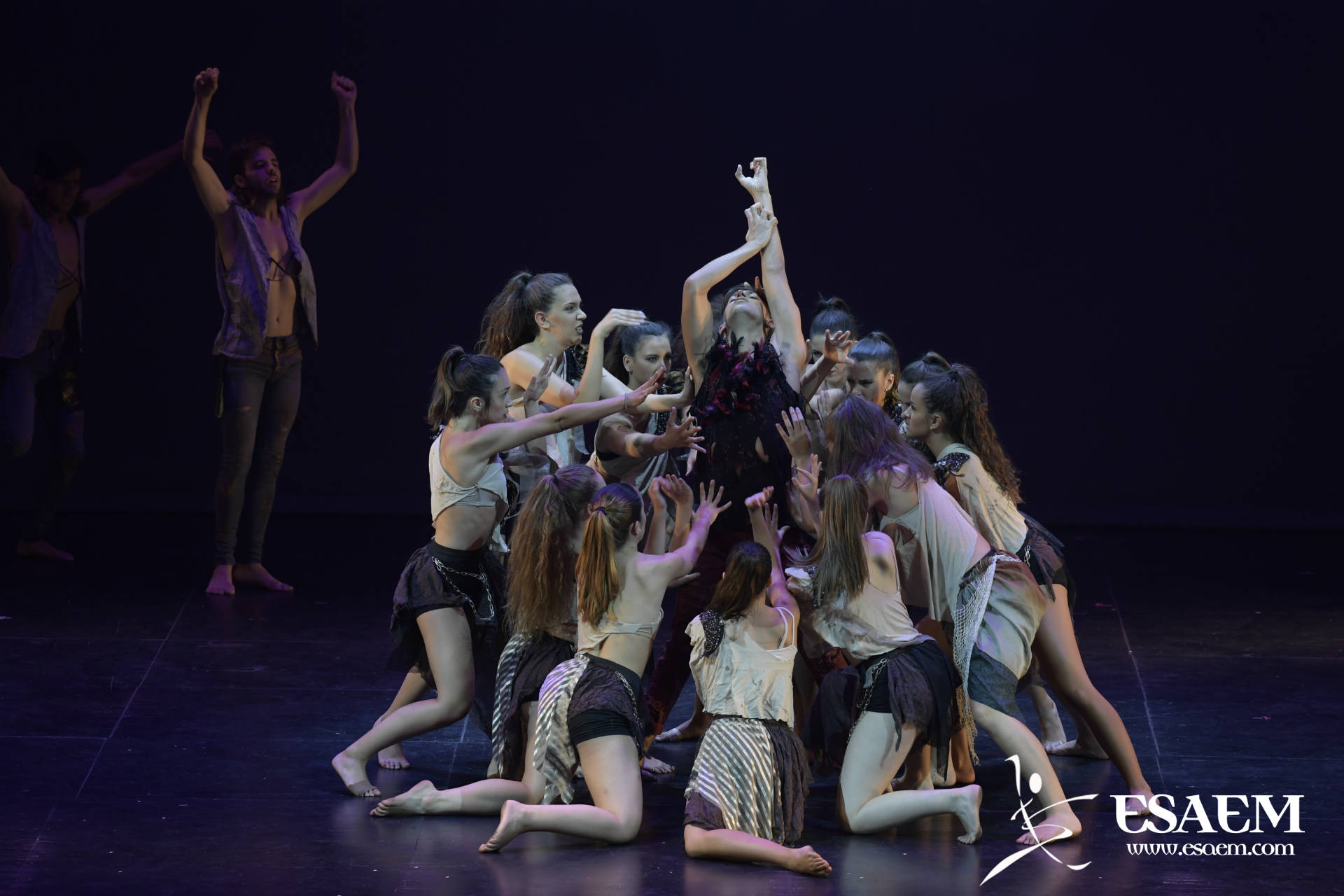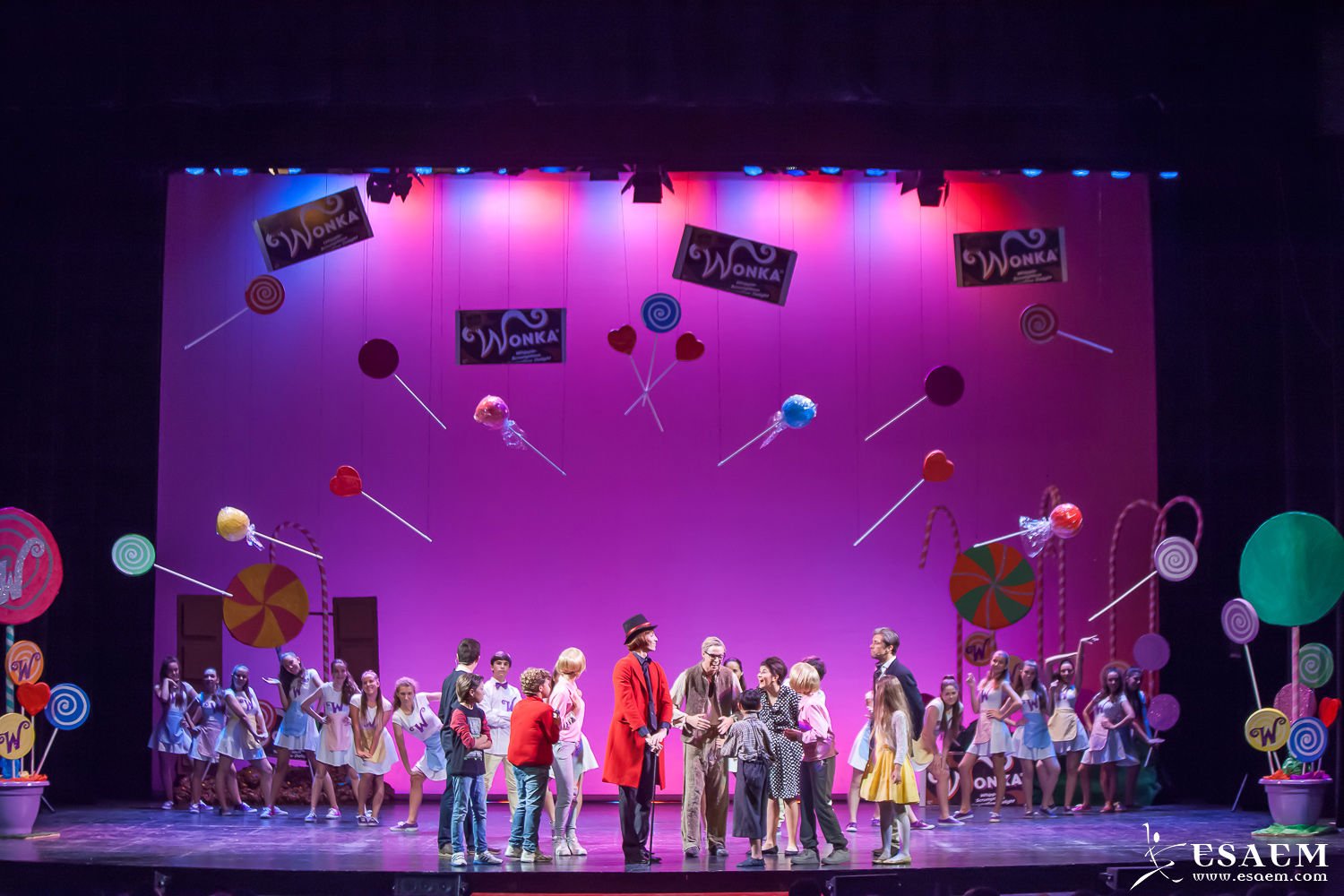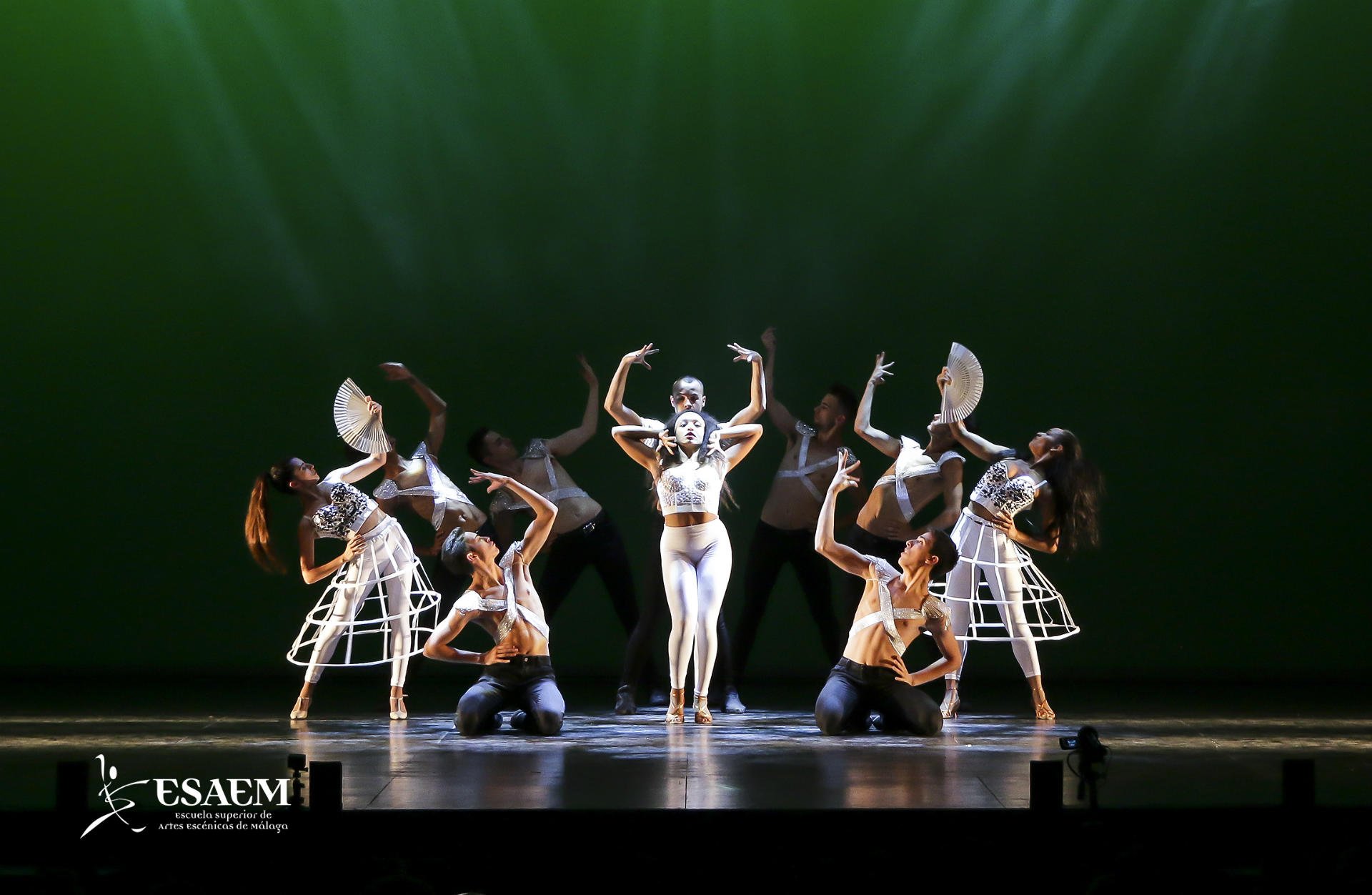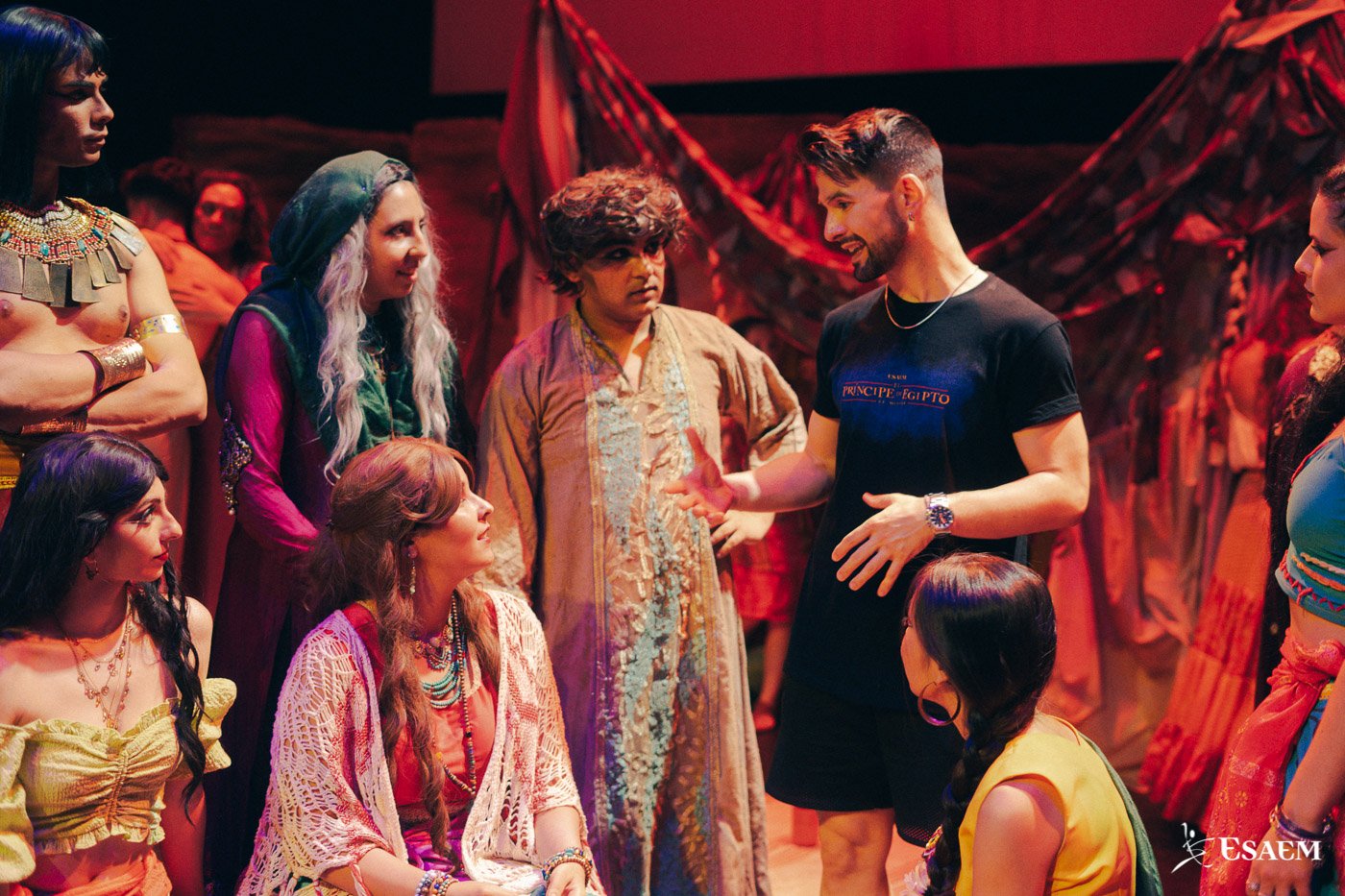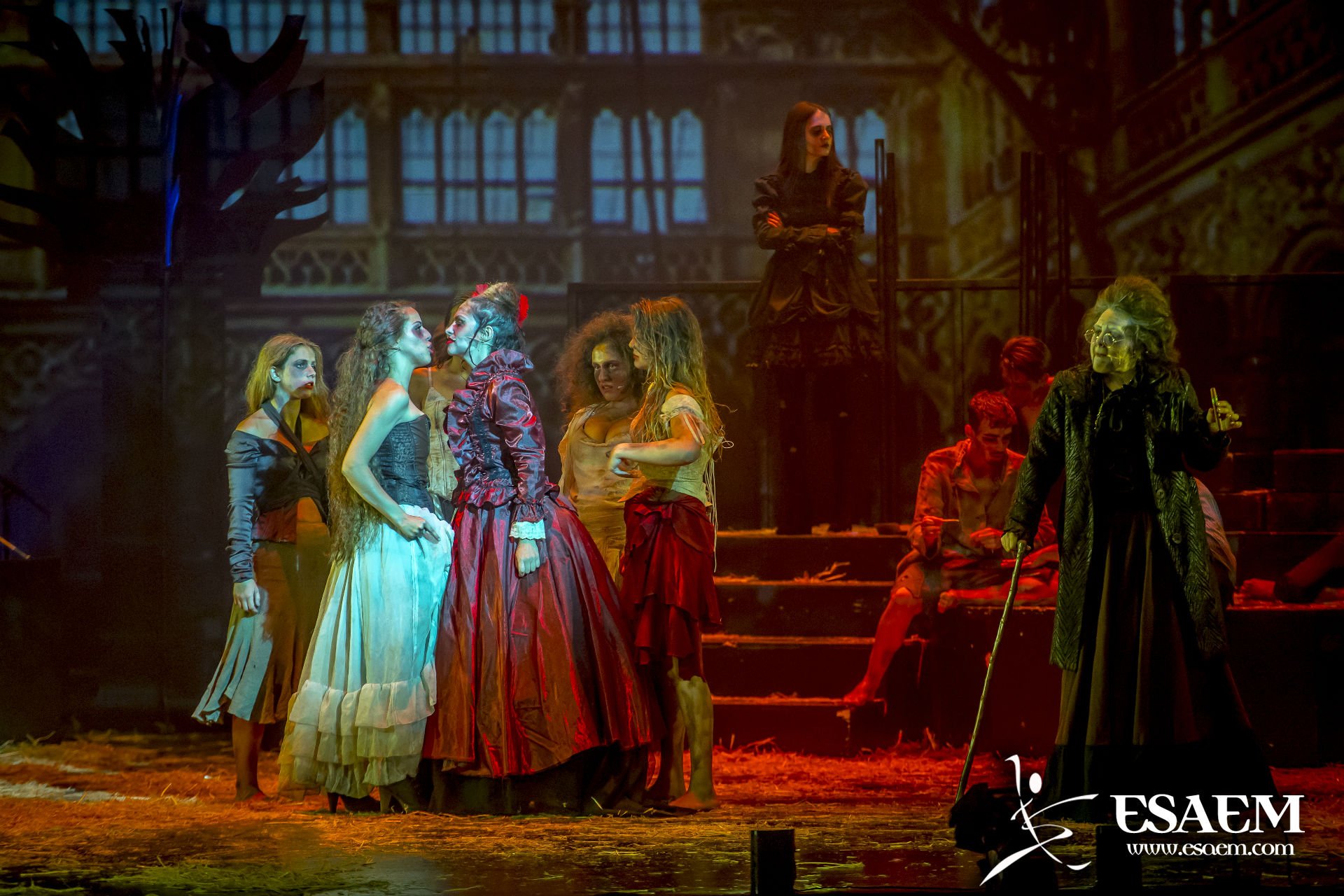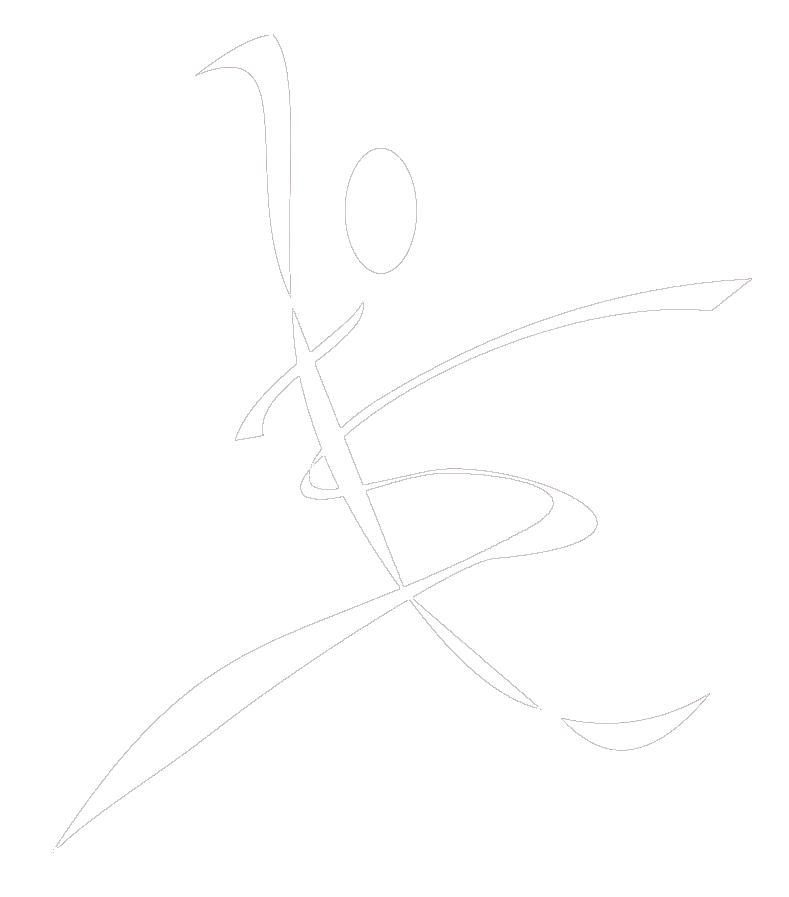Contemporary dance can be defined as a style resulting from the fusion of other styles that find their basis in classical ballet but is exempt from the rigor of this discipline. Unlike classical dance, contemporary dance acquires a freer body expression in terms of movements.
Good technique is essential to perform modern and contemporary dance at a certain level. Dancers in this discipline must be versatile and able to improvise.
The weight of one’s own body, gravity and variation are worked on the dance floor, on the ground. Contemporary dance is usually danced without slippers, with bare feet. Do not hesitate to see everything we offer in our dance course.
How did contemporary dance come about?
Contemporary dance originated as an avant-garde that reacts to classical disciplines. It mixes body expression and movements of the XX and XXI century. In its beginnings, the dancers found themselves immersed in the search for alternatives that would break with the straightness of classical ballet, so they began to perform barefoot and executing movements that transcended the established limits.
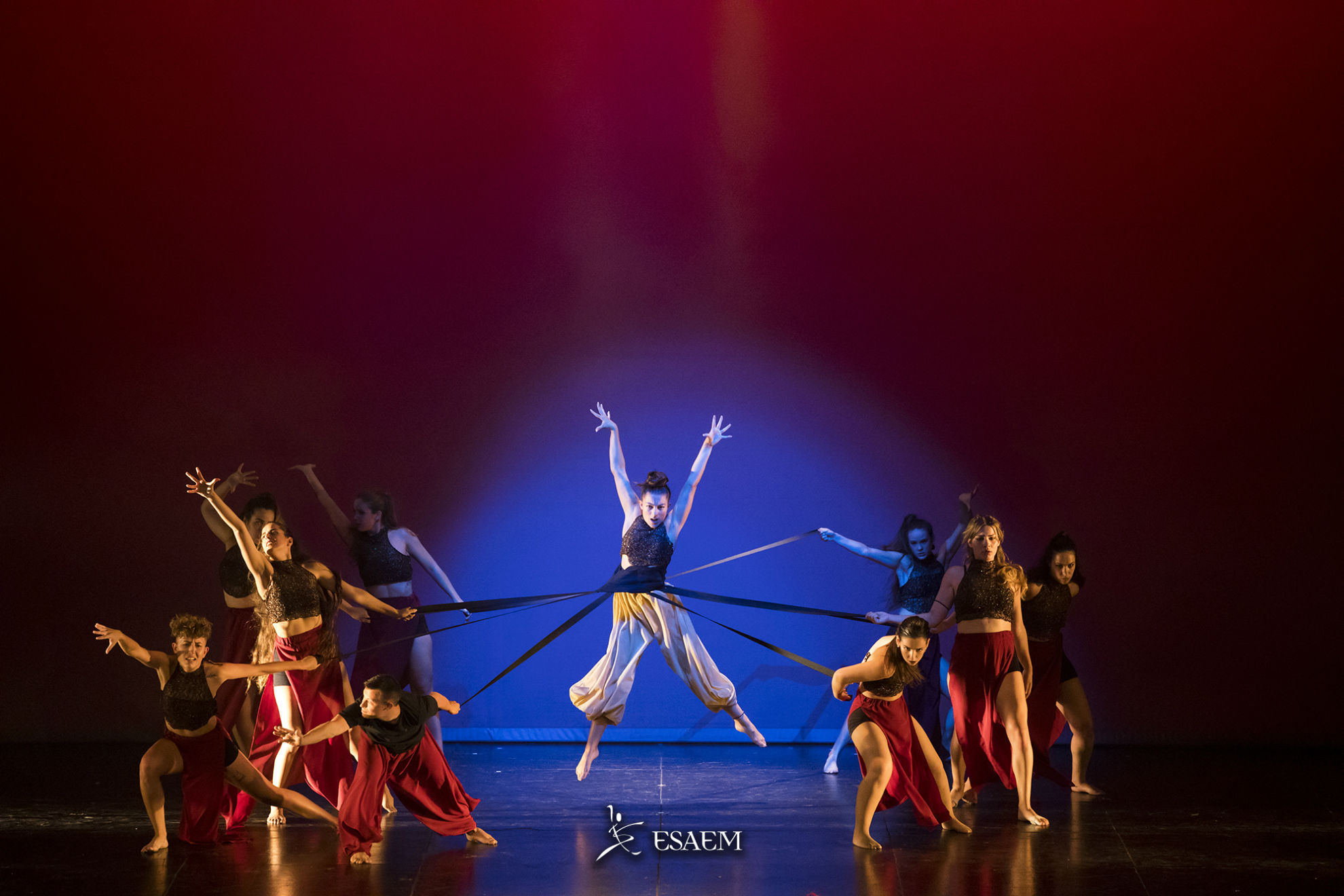
Photography: students of the Dual Degree in Dramatic and Performing Arts ESAEM
What is body expression in contemporary dance?
In contemporary dance, emotions are expressed through movements, through body expression. It is a form of artistic expression that is performed using the body and through the movement of the dancer, interpreting emotions. With the purpose of exploring movements and connecting with the sensitivity of each performer, workshops and regular teaching are developed to perfect the body expression which is so valued in contemporary dancers.
What are the characteristics of contemporary dance?
The hallmark of this discipline is to break with the rules established by classical dance and prioritize the story that is transmitted to the spectator, as well as the emotion in a free explosion of movements. To develop them it is necessary to be trained in a school or academy specialized in contemporary ballet or modern dance.
Another defining characteristic of this style is that the performer becomes their own choreographer, in charge of the creation and development of their stage language, body expression and movements. Contemporary dance includes cultural influences from dances around the world. Visual and multimedia resources can also be integrated to make the show a more comprehensive and engaging experience.
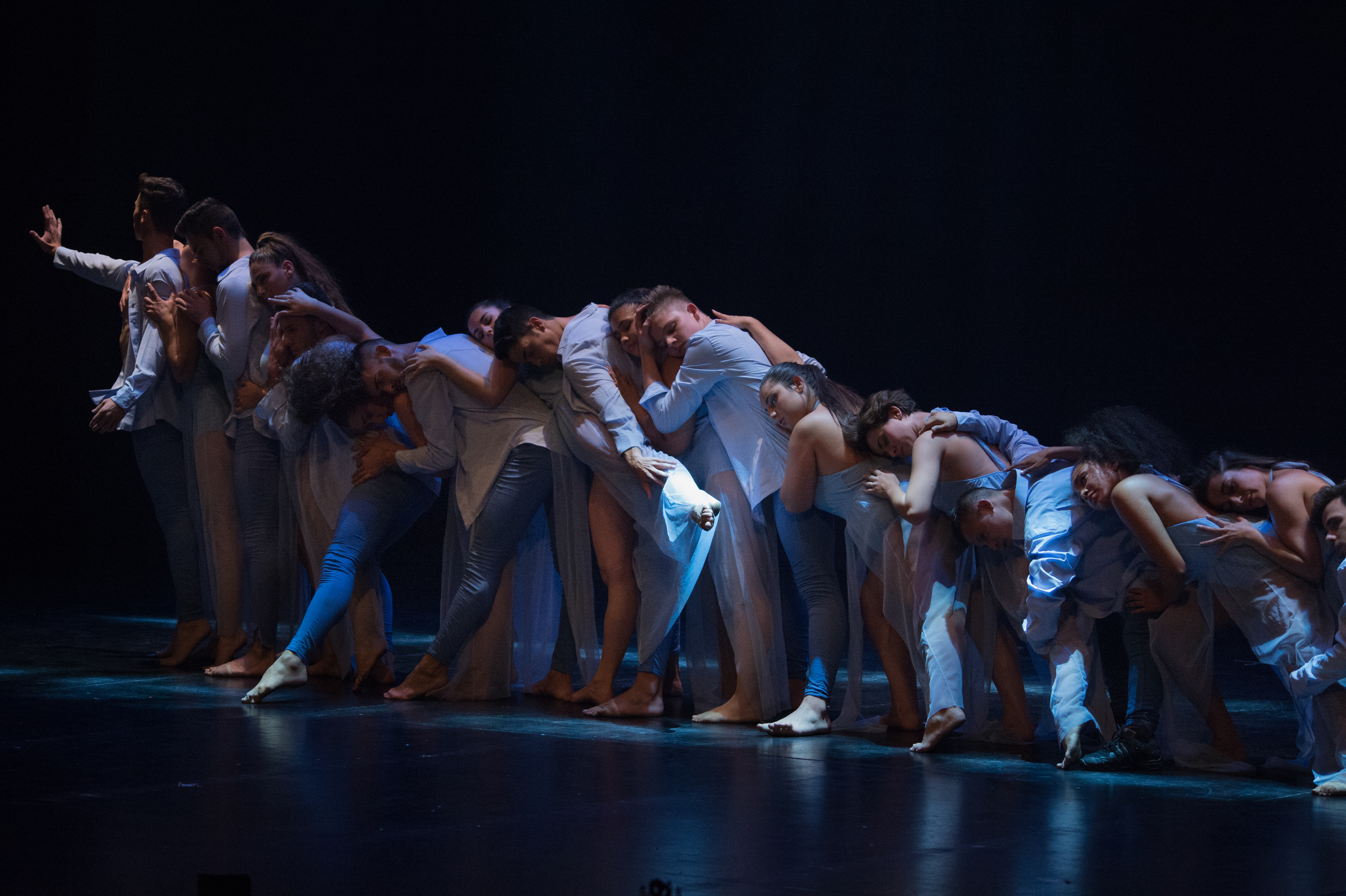
Photography: students of the Professional Conservatory of Dance and Performing Arts “ESAEM Ballet”.
Contemporary dance techniques
In order to become a professional dancer of contemporary dance or simply to be able to perform it, it is necessary to learn the technique. This knowledge can be acquired in a school where dance or contemporary dance is taught. There are even schools where contemporary dance is taught for beginners, for children, for adults or for acting students. The different techniques that there are to dance contemporary dance are the Cunningham Technique, the Graham Technique and the Lemon Technique..
Cunningham Technique
The creator of this technique was the choreographer Merce Cunningham. It differs from the others by its autonomy and its independent character in relation to music. The space with this technique acquired an original and new sense. Movement is the central axis of this technique above all the other elements. It randomly mixes sequences that have been previously selected.
What more can be added to know about the Cunningham Technique?
This discipline is based on the stress on the torso, also used in modern dance, moving away from the technique followed by the legs in classical ballet. Narration loses importance and although it seems that the choreography does not follow an order, it is based on technique. Actions are multiplied and simultaneous, creativity is freer and the dance is not analyzed, it is simply performed without taking into account the symmetry and perspective of classical ballet.
To select dancers, companies look for ones who are skilled and have experience training this specific discipline. The choreographer usually decides the costumes taking into account their aesthetic value in order to achieve a composition with unity.
Graham Technique
The creator of this technique was Marta Graham. Based on the contraction and relaxation of the body centred in the pelvic area and abdomen, it coordinates this process with the action and rhythm of breathing. The relationship between the dancer of contemporary dance and the floor acquires considerable relevance.
What more can be added to know about the Graham Technique?
The torso must concentrate all the attention of the contemporary dancer. It is conceived as a source of life and also as the engine. Each emotion or sensation transmitted must be first perceptible on the torso. Marta Graham created and developed this technique after observing the manifestation of pain and suffering in the human body.
The pelvis is the area where the contraction movement starts until it reaches the upper part of the body. The space between the vertebrae expands and must be stretched. Head and neck should remain in line in relation to the spine. When expelling the breath air the dancer has to perform the contraction. As you breath in, each contracted area of the body relaxes.
Lemon Technique
Its creator is José Limón. In this technique, fall and recovery, succession and suspension are the most important factors. It focuses on the movements provoked by the action of breathing in the body and uses the dancer’s weight. The movements are aim at the development of musicality and dramatic expression. The interpreters have to develop their creativity as much as they can, since it is not a style with specific guidelines as in the Graham technique. In this technique there are no predetermined exercises.
José Limón created and developed this technique under the influences of the Mexican culture and other dancers who have grown artistically with him. In 1915 he lived in Mexico before settling himself in the USA. He fully experienced the Mexican revolution.
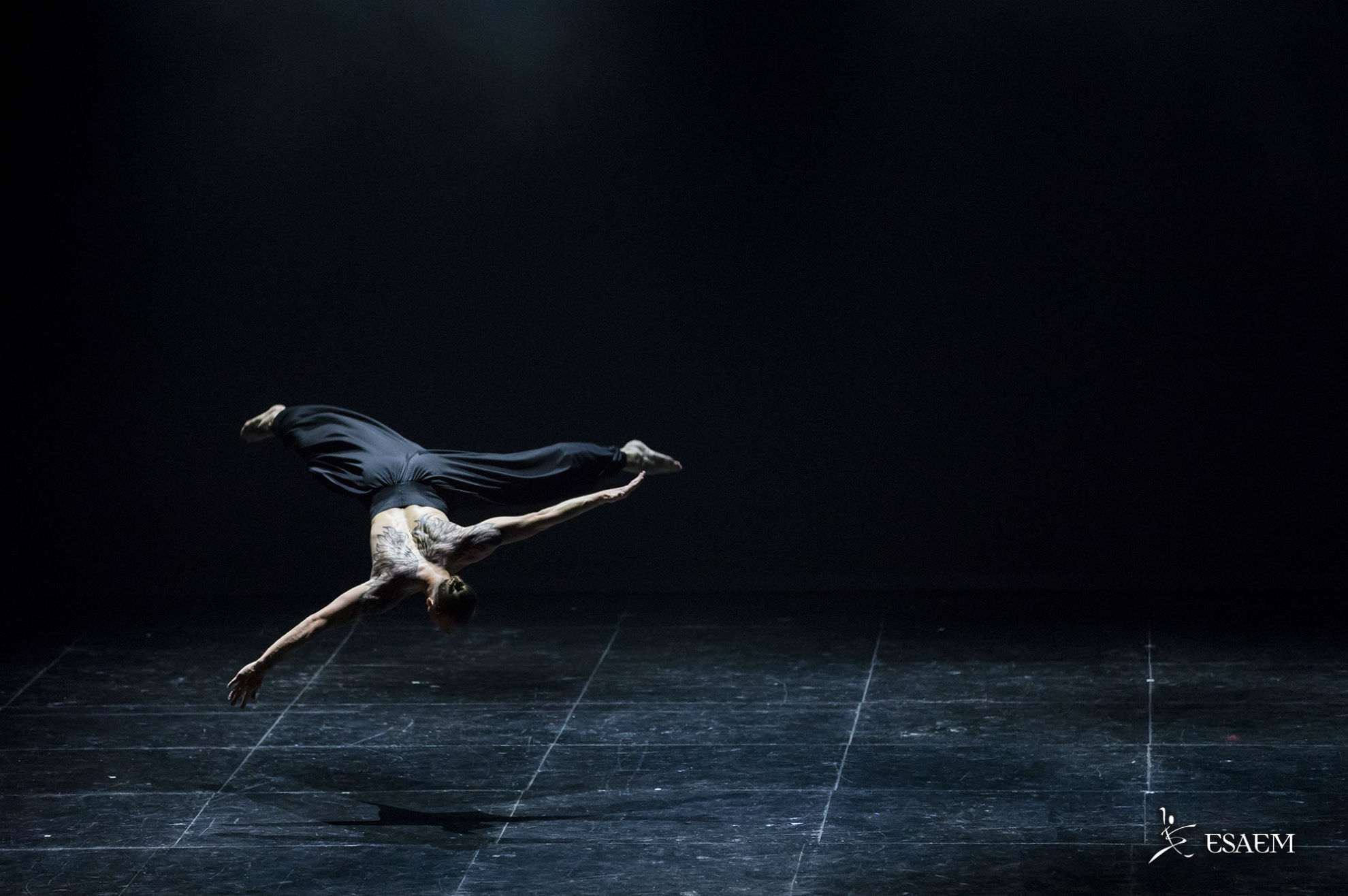
Photography: end of the dual degree course in Dramatic Art and Performing Arts ESAEM
Differences between contemporary and modern dance
To talk about the differences between modern and contemporary dance, we must first refer to the historical moment in which they originated. Modern dance was born and developed from 1900 to 1950 approximately. Modern dance began to have its own name in the 1960s but began to develop around 1955.
Another difference is found in the composition. In contemporary dance it is more important than technique. In a single fragment, it can combine different techniques depending on the piece to be performed. Technique is also different in modern and contemporary dance. Modern dance gives relevance to the trunk as an expressive element, resorts more to the floor to develop the work and to more natural movements than those required in ballet.
Contemporary dance uses techniques from ballet as well as modern dance, and looks beyond Western dances for inspiration.
Common elements in modern and contemporary dance that differentiate them from ballet
Although modern and contemporary dance are different disciplines with the similarities we have just mentioned, both come from the same style, classical ballet. The technique to perform modern and contemporary dance has many movements in common since both come from ballet. Ballet seeks perfect and structured movements, to transmit beauty. Trunk firmness is basic to perform arm and leg movements. The costumes are created especially for the interpretation of the repertoire. The tutu is the most characteristic element.
The costume in contemporary dance acquires a greater freedom in comparison to ballet, making able to use a more common costume to dance some repertoires. The stage takes on more relevance in contemporary dance than in ballet, partly because of the dancer’s relationship with the floor. Also In modern and contemporary dance, external audiovisual aids can be or are often used.
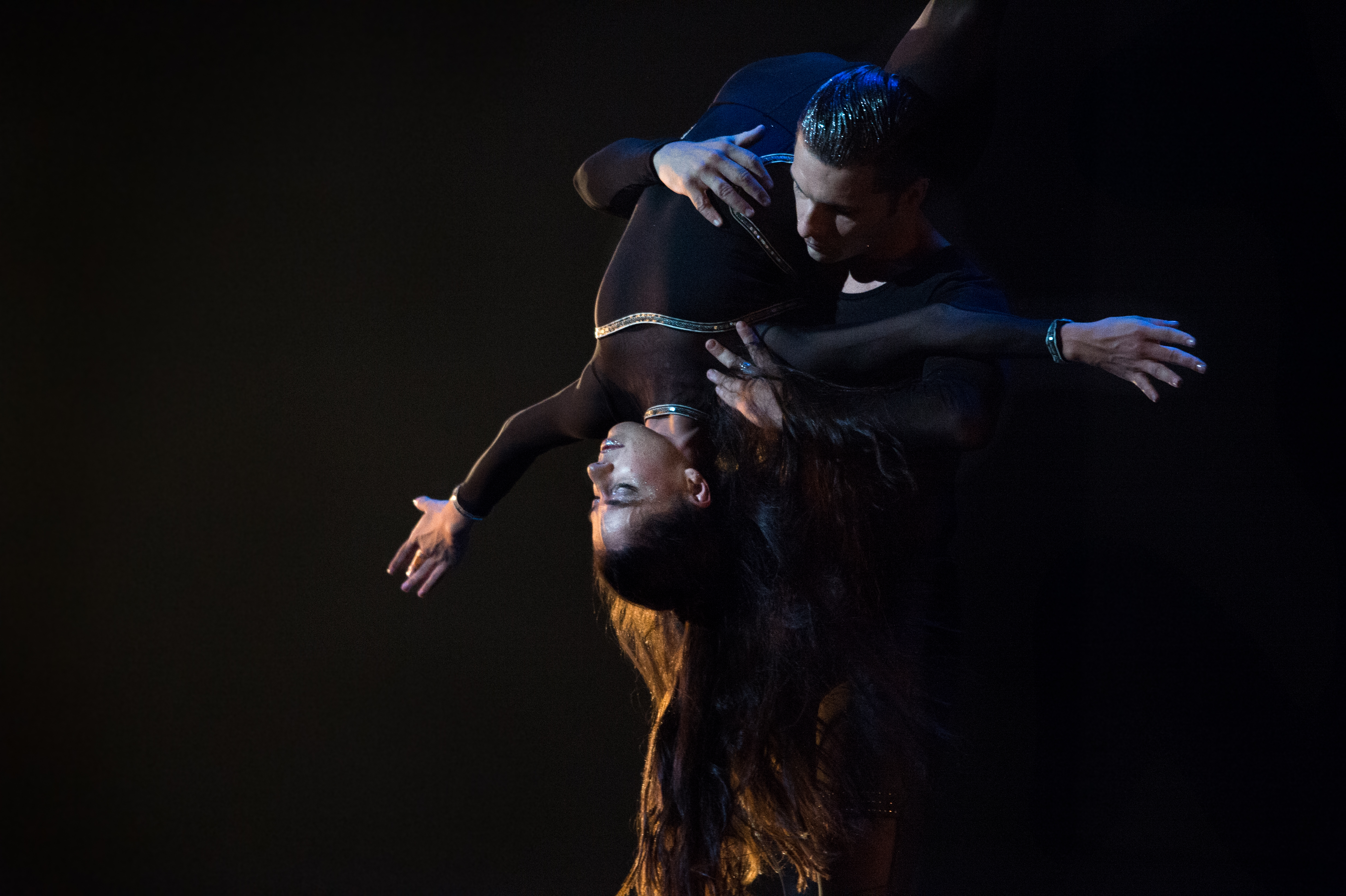
Photography: end of the dual degree course in Dramatic Art and Performing Arts ESAEM
